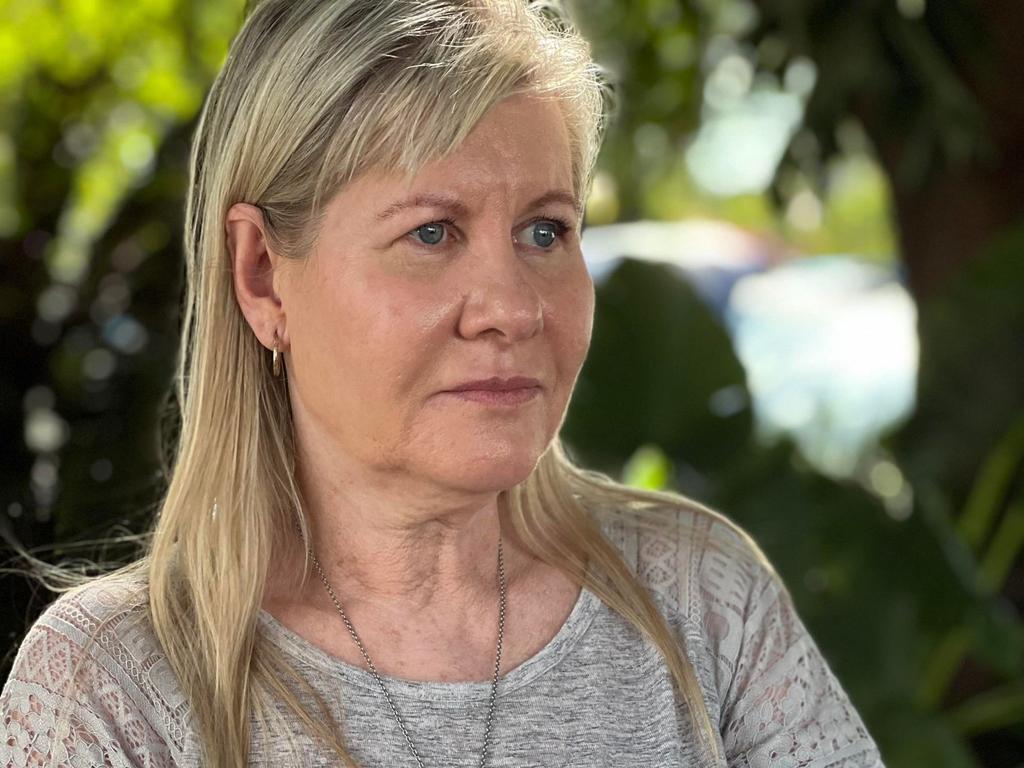
On all three functions, Australia’s Defence organisation is failing and appears to have no plans, aside from doing more of what it’s already doing, with an expanding hierarchy making everything more opaque and confusing.
Astonishingly, its key leaders remain in place and will do so for a while yet – but the results have not been improving. This would not happen anywhere else but in the protected halls of our national security agencies. Certainly in the corporate world, as we’ve seen with Optus and Snowy Hydro, and also to an extent in the wider public service, leadership takes responsibility for what has been happening in their organisations.

The secretary at the heart of Robodebt, Kathryn Campbell, who briefly found a spot in Defence, resigned after the Royal Commission into the Robodebt Scheme.
Since 2016, Defence has been getting additional money to expand the size of the army, navy and air force. This is to have enough people to operate the equipment in the government’s plan for the military. That was set out in the 2016 defence white paper and added to by the 2020 Defence Strategic Update, this year’s Defence Strategic Review and AUKUS.
But instead of growing, our military has shrunk. Recruiting and retention are in long-term crisis. Under questioning at Senate estimates hearings, officials revealed that since June 30 this year the Australian Defence Force had shrunk by an additional 1300 people.
The defence leadership spoke positively about the initiatives they had in place and the fact they had added to their senior leader numbers by creating a new job – the chief of personnel.
But they have had luxurious government funding to expand the force by 1000 personnel a year since 2016 and they have failed. It’s at a critical point now and it looks as if the plan is to do more of the same. The truth is that it’s simply too hard to get into the ADF through Defence’s byzantine and lengthy recruitment processes.

Being honest about seeking help for anxieties during the pressures of year 12 – and building personal resilience as a result – can be enough to disqualify an ADF candidate. It’s as if the ADF doesn’t realise talented young Australians have many options.
Big imaginative change is needed, not finetuning something that is clearly broken.
On operating the force, there are growing problems, including delays to shipbuilding programs – notably the relatively simple, almost unarmed offshore patrol vessels and the troubled Hunter-class frigate that’s meant to take over as the Anzac-class frigates retire.
We’ve now heard crew numbers are critically low on the frigates, with key positions not being filled. Without crews, serving frigates may need to be mothballed.
On top of this, officials have revealed keeping the Collins-class subs capable means they’ll now each be out of the water for longer than the two years that we’d been assured was required for their life-of-type extensions. That means fewer submarines operating and available in the years ahead.
The result is the navy’s fleet of surface ships and submarines is getting fragile and old and replacements are delayed.
The two crashes – one fatal – of the army’s now withdrawn MRH-90 Taipan helicopters demonstrate the problems in airworthiness. There’s no indication this is a wider problem across the navy and air force. Airworthiness underpins the military’s ability to deploy and operate key systems. An air force, just like an airline, can’t fly if its airworthiness is in doubt.
The army won’t be able to operate the new Blackhawks if legacy issues surrounding the Taipan aren’t resolved.
Then there’s choosing and acquiring the right equipment for our military. This is the most well-known area of systemic failure.

Right now we have the incredible but corrosive example of Defence’s analysis and advice to government that has given us the troubled $45bn Hunter frigate program.
Defence secretary Greg Moriarty has revealed much about the process leading up to the Hunter decision in a six-page summary of an internal review we have yet to see.
The summary says that under the previous leadership – when the Hunter was shortlisted as one of three designs, and after his arrival when BAE was chosen as the winner to provide Australia’s future frigate – Defence gave poor advice on the material outcome, affordability and the risks and compliance.
The problems flowing from poor Defence advice to the government on the Hunter are compounding. The cost for the program originally was advised by Defence at $30bn but is now $45bn, almost 10 years before the first ship is scheduled to be handed over to our navy.
This is a failure in the use of public money. And it’s a shortfall in the core functions of departmental leadership, which are to provide policy advice to their ministers and to administer the public money and departmental resources responsibly.
In Defence, the advice on capability and investments is a shared responsibility between its military and civilian leadership. Whatever else it’s doing, an Australian defence organisation that has systematically failed to recruit and retain people, to support the military’s equipment and to choose new equipment is failing in core areas. This is at a time when these must be areas of strength.
Defence doesn’t exist in isolation. It’s time to rethink the foundations of defence policymaking and implementation in Australia.
Michael Shoebridge is founder and director of Strategic Analysis Australia.







A defence force must have three things work well to be effective. It has to recruit and retain the skilled people it needs; it has to choose the equipment a military needs to succeed in conflict; and it has to support that equipment.